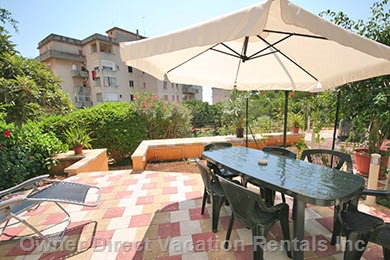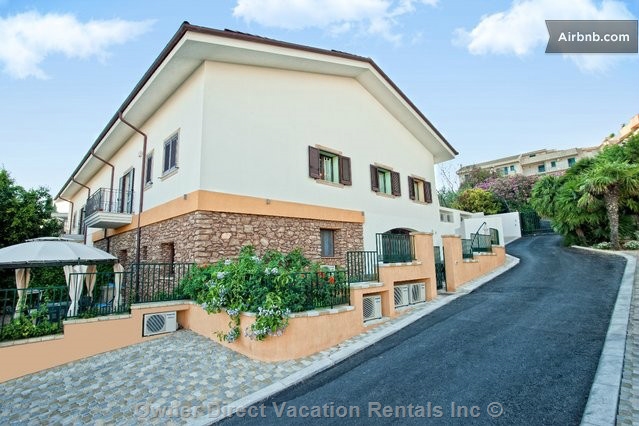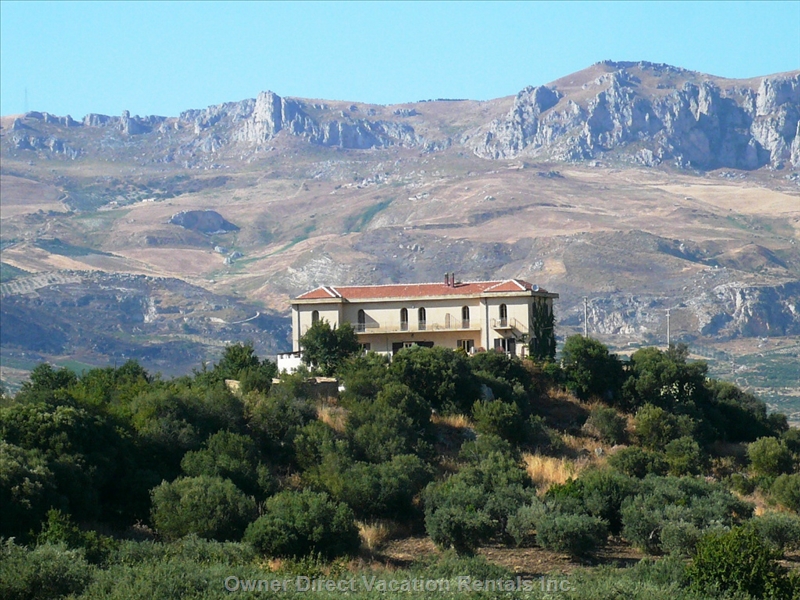Sciacca Rental Guide



Sciacca is a historical fishing town nestled along the south-western coast of Sicily near Agrigento. Due to the abundance of sulfurous springs in the area, the town was aptly named Thermae Selinuntinae, which literally means a thermal spa for Selinunte, a nearby city. Until today, Sciaccas spas continue to attract numbers of visitors, not just from the neighboring cities but from all over the world. Tourists visit the town for many reasons aside from its hot springs, such as the stunning views of the Mediterranean Sea and its beautiful sandy beaches, the impressive architectural structures found within its walls and its history, as well as the many festivals being celebrated throughout the year. There are three gateways leading to Sciacca: the Porta San Calogero, a 16th century gate leading towards the upper part of the town; Porta San Salvatore, with its Renaissance sculptures, with access to Piazza Carmine; and the remarkable Palermo Gate in Baroque style. Wherever you start your visit, it is inevitable to fall in love with this amazing authentic Sicilian city and its simple ways of life. Early morning is the best time to head down to the fishing port. The view is spectacular with many boats coming and going. Then you can enjoy the days catch at one of the restaurants in this part of town before exploring the rest of town. One of Sciaccas main attractions, and a great starting point, lies at its heart. Piazza Scandaliato is a very nice plaza overlooking the sea and the fishing port. It is a great place for walking and strolling around, watching people or just enjoying the views. There are Cappuccino bars and shopping centers in the vicinity. Children can enjoy the carousel nearby. There are various churches you might want to check out for their architectural and historical significance. The Cathedral of Maria Santissima del Soccorso is a 12th century church, which was rebuilt during the 17th century. Some of its features are the Norman style monumental arches and the many sculptures by Antonello Gagini found inside the church and its faade. The 14th century Church of Santa Margherita in Catalan Style is notable for its Baroque interior and the 17th century frescoes by Antonio Ferraro. Other interesting churches are the 16th century Church of Santa Maria delle Giummare, the Chiesa del Carmine with its tiled dome and Gothic rose window in its facade, and the Church of San Michele in Noceto Square. Steripinto Palace is a Catalan style building known for its stonework walls. Castello Incanto or Enchanted Castle is probably the most interesting tourist attractions in Sciacca with its eccentric garden of head sculptures. It was created by a local named Filippo Bentivegna who was also referred to as Filippo of the Heads. Luna Castle, situated in the eastern part of Sciacca, is another site worth visiting. It is a fortress built in 1380 and belonged to the Luna family. It includes the high walls, the Large Tower, Cylindrical Tower and Palazzo del Conte. While the rest of it was ruined, the Cylindrical Tower remained intact. Sciacca holds the record for the oldest thermal baths in Sicily so make sure to try one of its famous thermal spas. There are various treatments available for everyone. Visit the largest thermal pool complex of Sicily, Piscine Molinelli, or choose from a wide range of therapeutic treatments offered at Terme di Sciacca. Mount Kronio or Monte San Calogero is known for its thermal activities and visitors are allowed to go down the thermal cave of Monte Kronio or Stufe di San Calogero. There are four other caves the adventurous ones can explore if they are into caving. Another charm of Sciacca lies in its lively and colorful festivities. Carnival of Sciacca or Carnevale di Sciacca is one of the most renowned festivals in town, during which decorated floats parade the streets of Sciacca. It is celebrated every February. Every 15th of August or Ferragosto, the town commemorates Festa della Madonna del Soccorso or the Feast of Madonna del Soccorso by carrying a heavy statue of Madonna through town. Barefoot fishermen do this in remembrance of Sciaccas deliverance from the Plague by the towns patroness. If you happen to visit the town and missed the festival, you can always stop by the Museo de Carnevale di Sciacca where they documented the carnival celebrations and display them for everyone to see. Sciacca is also famous for its ceramics so remember to visit one of those ceramic shops along Corso Vittorio Emanuele and buy some tiles, majolica plates or any ceramic products available as a souvenir. |
|
Other Related Travel Articles:
|
OwnerDirect.com | we have much to see